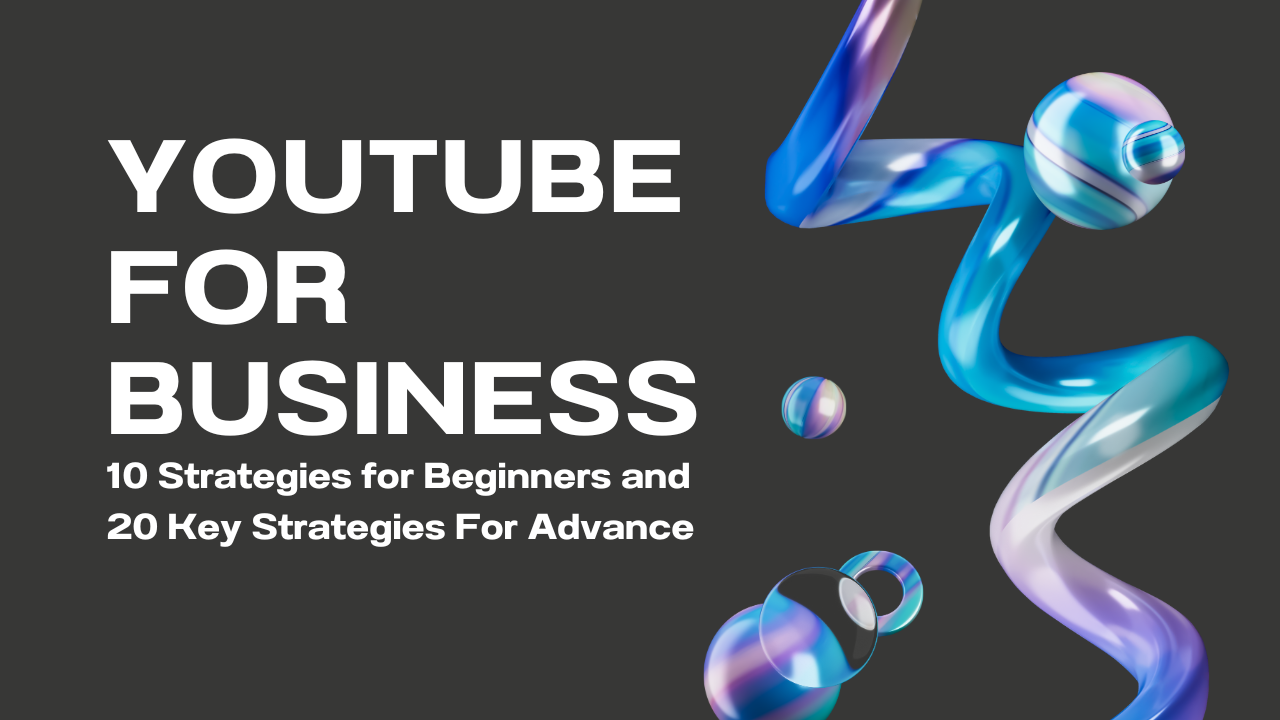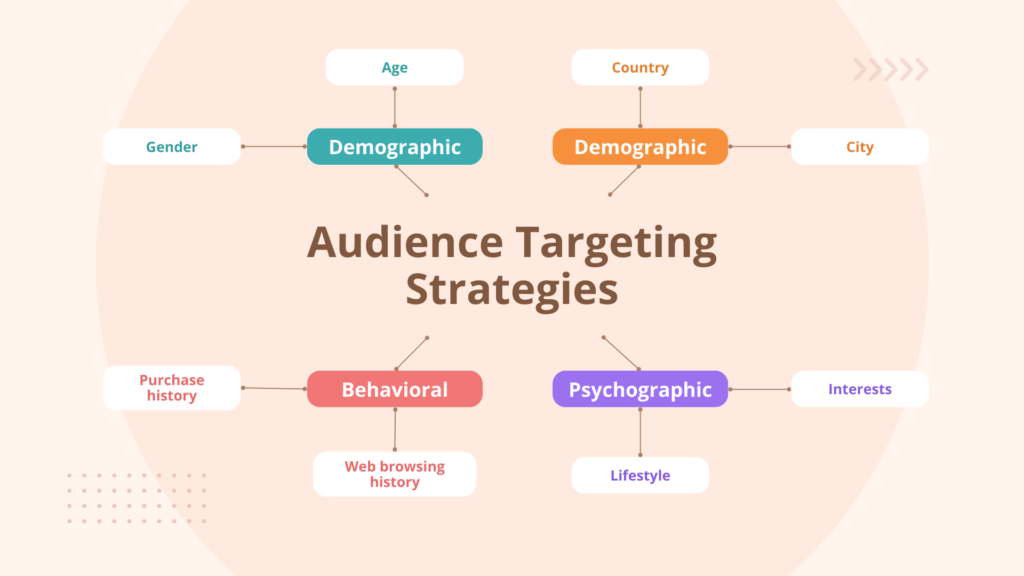
In today’s digital age, YouTube isn’t just a platform for entertainment; it’s a powerful tool for businesses aiming to expand their reach, connect with their audience, and drive meaningful engagement. With over 2 billion logged-in monthly users, YouTube stands as the world’s second-largest search engine, offering unparalleled opportunities for brands to showcase their products, services, and values through dynamic video content. Whether you’re just starting or looking to refine your strategy, mastering YouTube marketing can catapult your business to new heights.
What is YouTube Marketing?
At its core, YouTube marketing is the practice of promoting businesses and products on the YouTube platform. This can range from creating and uploading videos to running ads, all aimed at engaging your target audience, building brand awareness, and driving conversions. With its vast user base, YouTube offers a unique opportunity for businesses to reach potential customers through content that is both informative and engaging.
Why is YouTube Marketing Important?
In the vast sea of online marketing, YouTube stands out for several key reasons:
- Massive Reach: YouTube’s extensive user base allows businesses to reach a global audience.
- High Engagement: Videos are more engaging and shareable than text-based content, making them a powerful tool for capturing attention.
- SEO Benefits: Google owns YouTube, and videos often rank highly in search results, providing significant SEO advantages.
- Versatility: From tutorials and product reviews to behind-the-scenes looks, YouTube supports a wide range of content types, catering to various marketing goals.
Who Should Use These Strategies?
- Beginners: Small businesses, startups, or any brand new to YouTube will benefit from the 10 foundational strategies to kickstart their YouTube journey.
- Advanced Marketers: Established businesses or those familiar with YouTube but looking to deepen their impact and reach will find the 20 advanced strategies invaluable.
10 Strategies for Beginners
1. Create a YouTube Channel
Your channel is your brand’s home on YouTube. Example: Dove’s YouTube channel showcases its commitment to body positivity and self-esteem, aligning with its brand identity.
2. Define Your Target Audience
Knowing your audience shapes your content. Example: LEGO targets both children and adult fans of LEGO (AFOL) with content ranging from product unboxings to master builder tips.

3. Analyze Competitors
Studying competitors helps identify what content resonates with your audience. Example: Nike and Adidas often monitor each other’s YouTube strategies to refine their content approach for sports and lifestyle audiences.

4. Create Quality YouTube Video Content
High-quality, valuable content sets you apart. Example: Buzzfeed’s Tasty channel revolutionized recipe videos with its top-down, fast-paced cooking tutorials, making complex recipes accessible.
5. Optimize YouTube Videos
SEO practices like keywords in titles and descriptions help your videos get found. Example: Marques Brownlee (MKBHD) uses clear, descriptive titles and incorporates relevant keywords, making his tech review videos easily discoverable.
6. Monitor Your YouTube Channel
Engaging with your community through comments and feedback builds relationships. Example: Gary Vaynerchuk actively responds to comments, creating a loyal viewer base.
7. Try YouTube Shorts
Shorts can capture attention quickly. Example: Gordon Ramsay uses Shorts for quick cooking tips, attracting viewers to his longer content.
8. Collaborate with YouTube Influencers
Influencers can introduce your brand to their audience. Example: Daniel Wellington watches grew exponentially by partnering with influencers for unboxing and review videos.
9. Try YouTube Ads
Ads can boost visibility. Example: Grammarly’s targeted ads on YouTube efficiently demonstrate their product’s value to potential users.
10. Track YouTube Analytics
Analytics guide your strategy by showing what works. Example: PewDiePie adapted his content over the years based on analytics, maintaining his position as one of the most subscribed channels.
20 Key Strategies for Advanced Level
1. Utilize SEO Like You Would A Blog Post
Incorporate keywords and optimize video tags. Example: Yoga with Adriene uses targeted keywords in her video titles and descriptions to rank high for yoga-related searches.
2. Build A Strategy Around Distribution
Promote your videos on social media and newsletters. Example: Red Bull shares its extreme sports videos across multiple platforms, amplifying its reach.
3. Focus On Thought Leadership
Establish your brand as an authority. Example: HubSpot’s educational videos on marketing and sales position the brand as an industry leader.
4. Add Creatives Frequently
Consistent posting keeps viewers engaged. Example: Casey Neistat’s daily vlogs built a massive, dedicated audience due to regular uploads.
5. Use Long-Form Videos And Keep Audiences Engaged
Deep dives into topics can enhance viewer retention. Example: TED Talks’ in-depth discussions on various subjects captivate audiences, encouraging longer watch times.
6. Base Content On Your Customer’s Query Path
Answer the questions your audience is asking. Example: Moz’s Whiteboard Friday sessions directly address common SEO queries.
7. Develop A Consistent Posting Schedule
Predictability can build a loyal viewership. Example: Philip DeFranco’s news shows have a consistent schedule, keeping viewers coming back.
8. Grab The Viewer’s Attention In The First Six Seconds
Make a strong initial impact. Example: Linus Tech Tips often starts videos with a captivating question or statement, hooking viewers immediately.
9. Create A Clear Objective And A Means To Measure Your Success
Define goals and how you’ll track them. Example: Blender Guru set a clear objective to teach Blender software, measuring success through subscriber growth and engagement.
10. Think About How YouTube Fits Into Your Larger Digital Plan
YouTube should complement your overall marketing strategy. Example: GoPro integrates user-generated YouTube content into its social media and website, showcasing the capabilities of its cameras.
11. Partner With Creators That Target B2B And B2C Audiences
Expanding reach through strategic partnerships. Example: Adobe partners with creators to showcase creative projects made with its software, appealing to both individual creatives and larger businesses.
12. Target Niche Markets To Amplify Your Message
Focus on specific audience segments. Example: Warby Parker’s channel has content tailored to fashion-forward, budget-conscious consumers interested in eyewear.
13. Focus On Storytelling And Authenticity
Real stories resonate. Example: Airbnb’s channel features hosts and guests sharing their experiences, fostering a sense of community and trust.
14. Prioritize Evergreen Content With Influencers
Collaborate on timeless content. Example: Simple History partners with educators and historians to create educational videos that remain relevant.
15. Be Brave With Your Creativity
Experiment with different formats. Example: Old Spice’s humorous and unconventional ads stand out, creating viral sensations.
16. Think Of YouTube Like A Search Engine
Optimize content for search intent. Example: Fitness Blender ranks well for workout videos by aligning content with search terms users are likely to use.
17. Use Impactful Titles And Keyframes
Attract viewers with compelling titles and thumbnails. Example: MrBeast uses intriguing titles and vibrant thumbnails to drive clicks and views.
18. Prioritize Education And Product Research In Your Content
Help consumers make informed decisions. Example: The Verge’s tech reviews provide thorough analysis, assisting viewers in product selection.
19. Keep The Consumer On The Channel Videos
Create playlists and series to encourage binge-watching. Example: Bon Appétit’s Test Kitchen series encourages viewers to watch multiple videos in one sitting.
20. Focus On YouTube Shorts
Leverage short-form content for engagement. Example: NPR Music’s Tiny Desk Concerts Shorts introduce audiences to new artists, drawing them to longer performances.
YouTube Marketing Tools
To streamline your YouTube marketing efforts, consider leveraging tools like:
- Sprout Social: For scheduling posts and analyzing performance.
- Canva: To create eye-catching thumbnails and graphics.
- VidIQ: For keyword research and SEO optimization.
- Ahrefs: To uncover what your audience is searching for and track your video’s performance.
Want to learn more about social media marketings its better to know more marketing strategies then 1 right:

